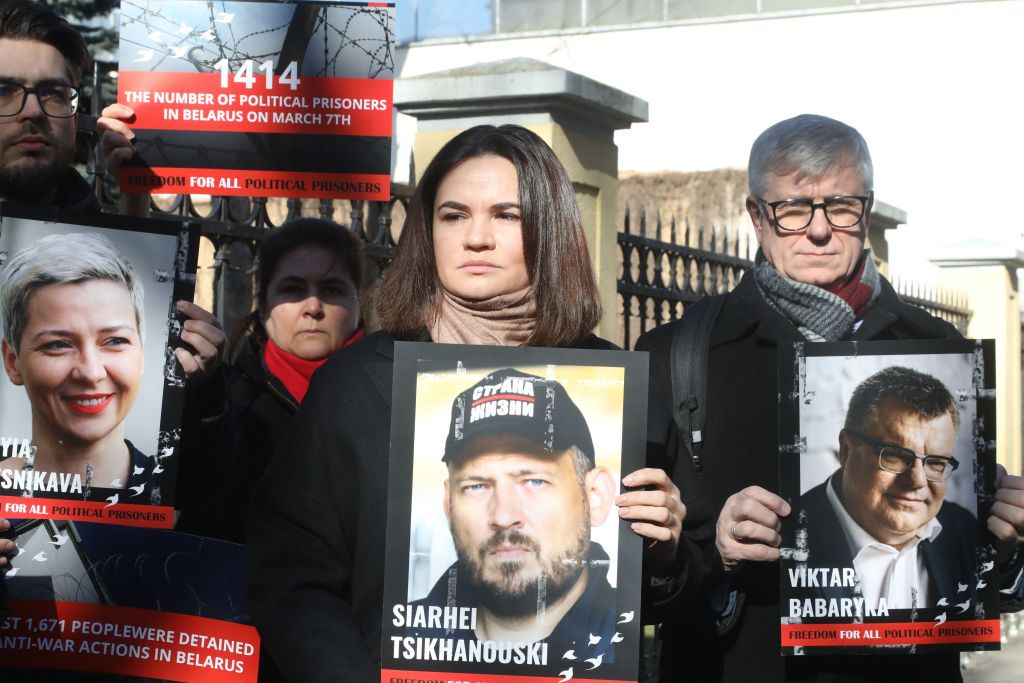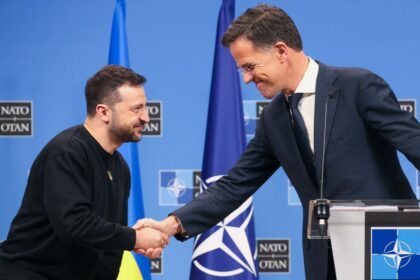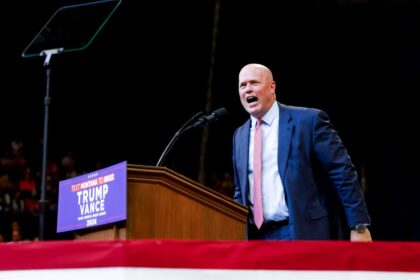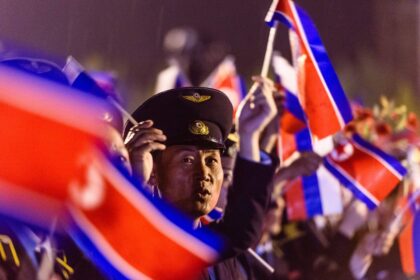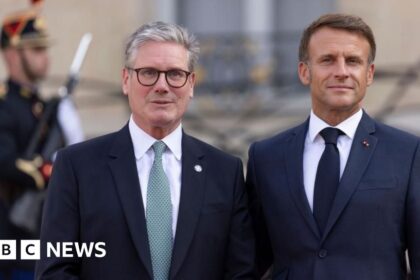The article discusses the recent visit of a US delegation to Belarus, led by diplomat Robert Kellogg, and how it highlights Washington’s cautious approach to engaging with the Lukashenko regime. The main points are:
* The Trump administration is interested in dealing with Belarus as a way to score smaller victories and compensate for not stopping Russia’s war against Ukraine.
* However, this engagement comes with conditions: the US wants Belarus to release all political prisoners, halt repression, and decriminalize political life before easing sanctions.
* Observers believe that Belarus cannot serve as a credible platform for stalled Russian-Ukrainian peace negotiations due to its complicity in the war.
* Washington may be warning Belarus against becoming more deeply engaged in Russia’s war or escalating tensions with NATO and EU member states bordering Belarus.
Some quotes from experts are included:
“Over the 30 years of his rule, Lukashenko has repeatedly used this scheme of easing sanctions by making cosmetic concessions to the West.”
“Belarus is strategically placed on NATO’s eastern flank between Russia and western states. The less of a threat Belarus is, the less defense spending for America.”
The article also mentions that:
* Lukashenko’s regime has released 14 prisoners but continues to arrest others on charges of espionage and high treason.
* US diplomats may be investigating Lukashenko’s ability to act independently and engage in separate negotiations in case Russia is weakened.
* Washington has a history of engaging with Minsk at times when tensions with Moscow heighten.
The author, Maria Yeryoma, concludes that:
“We often hear the message that we need to save Lukashenko from Russia, including from Belarusian propaganda. But it’s Lukashenko who pushes Belarus closer to Russia because it’s comfortable for him.”




